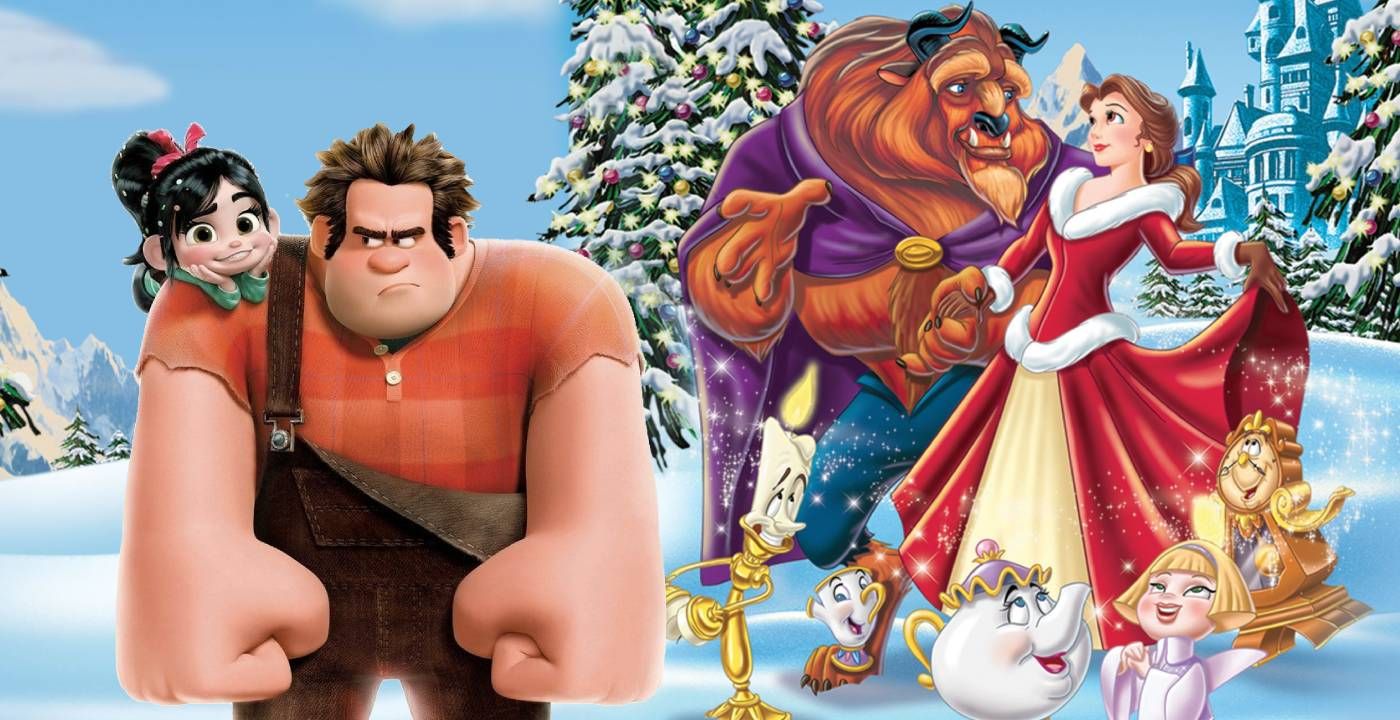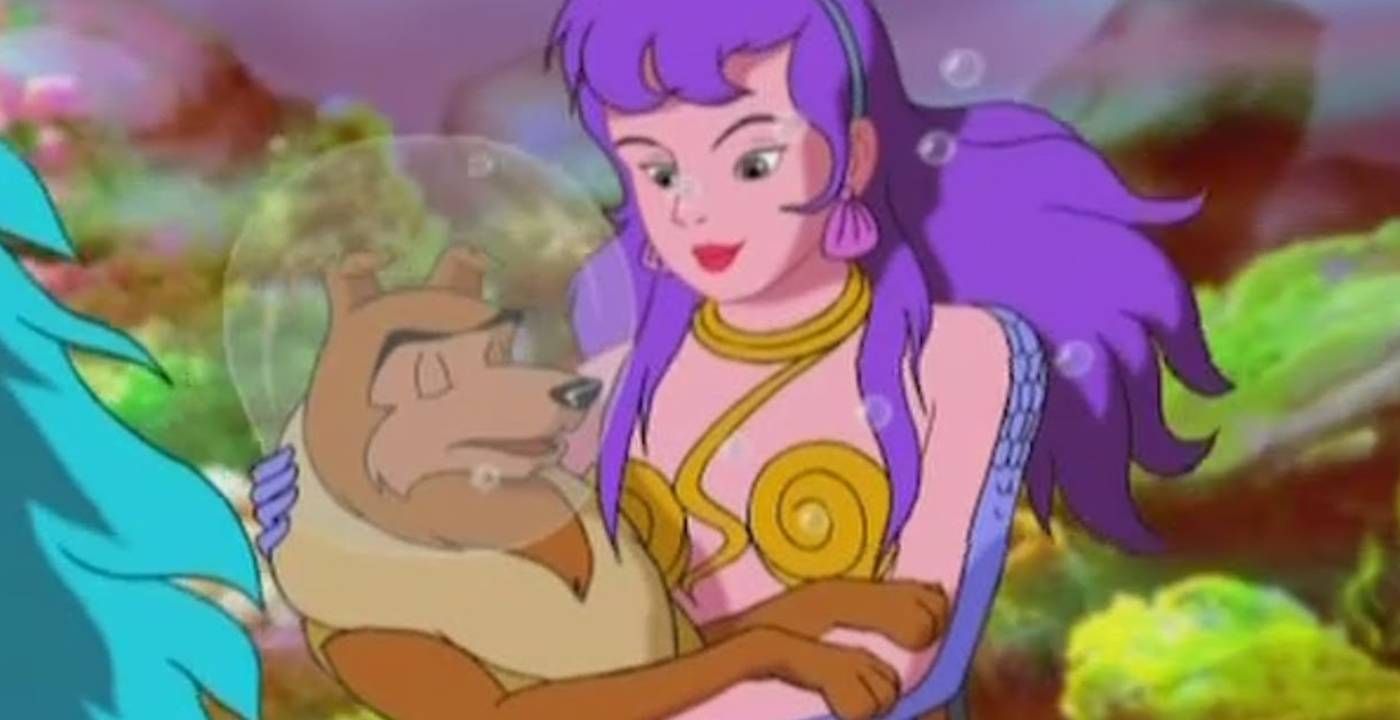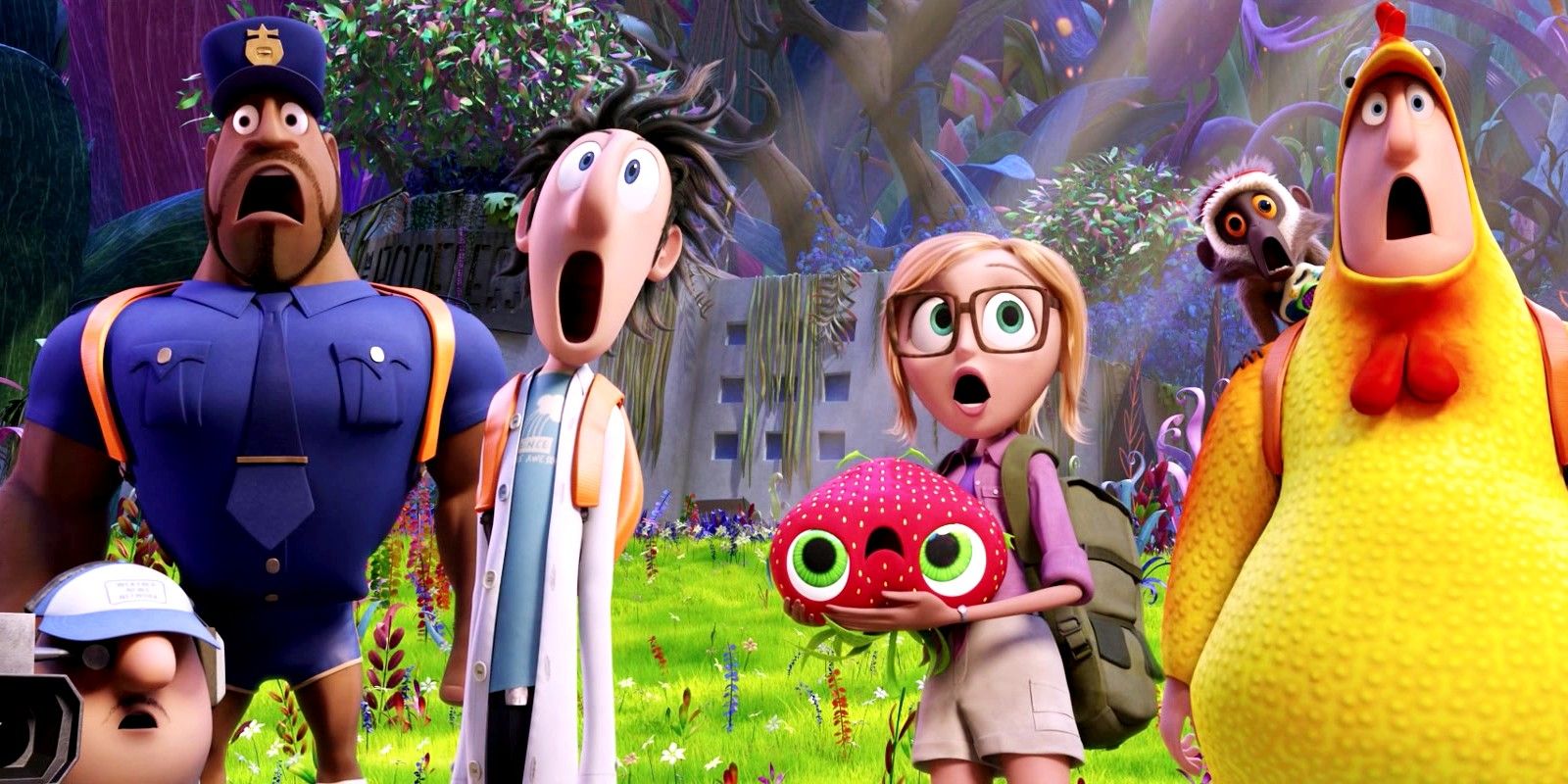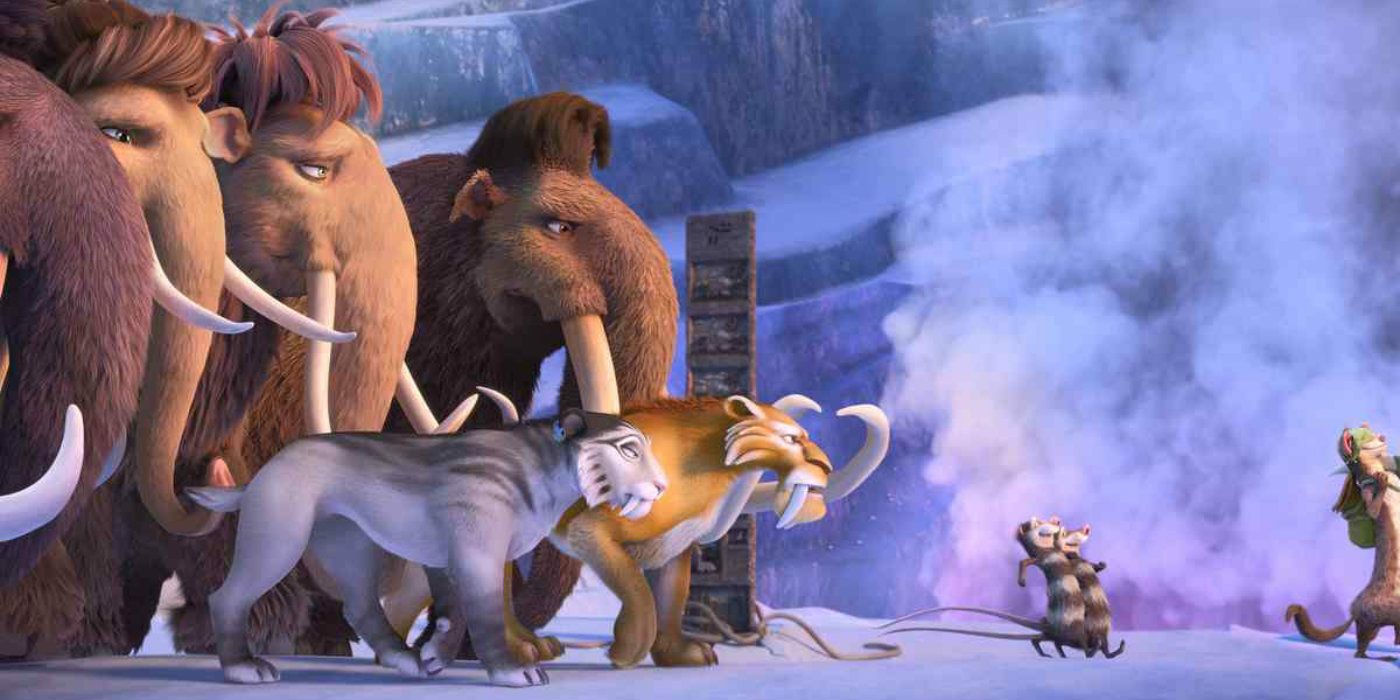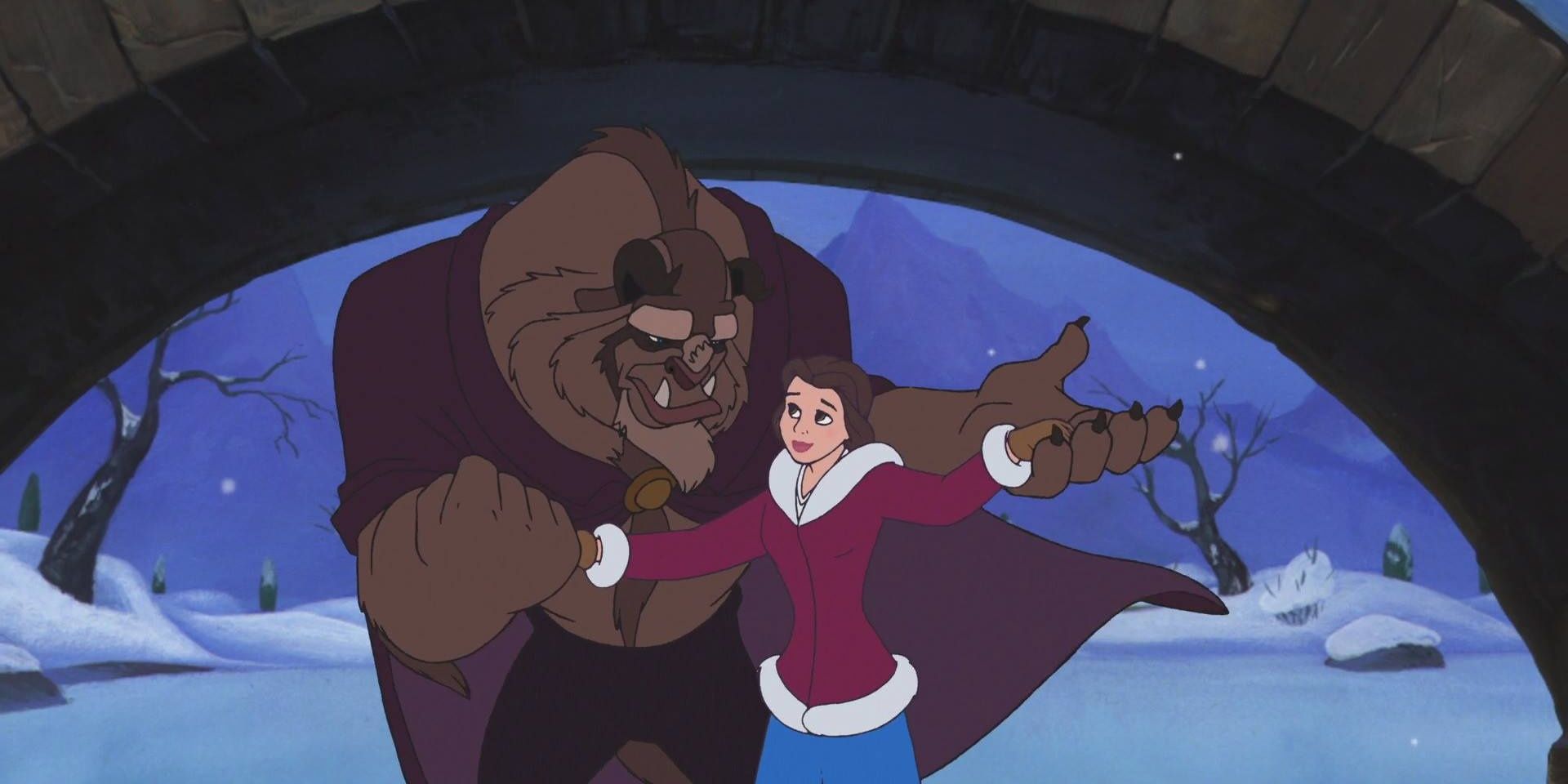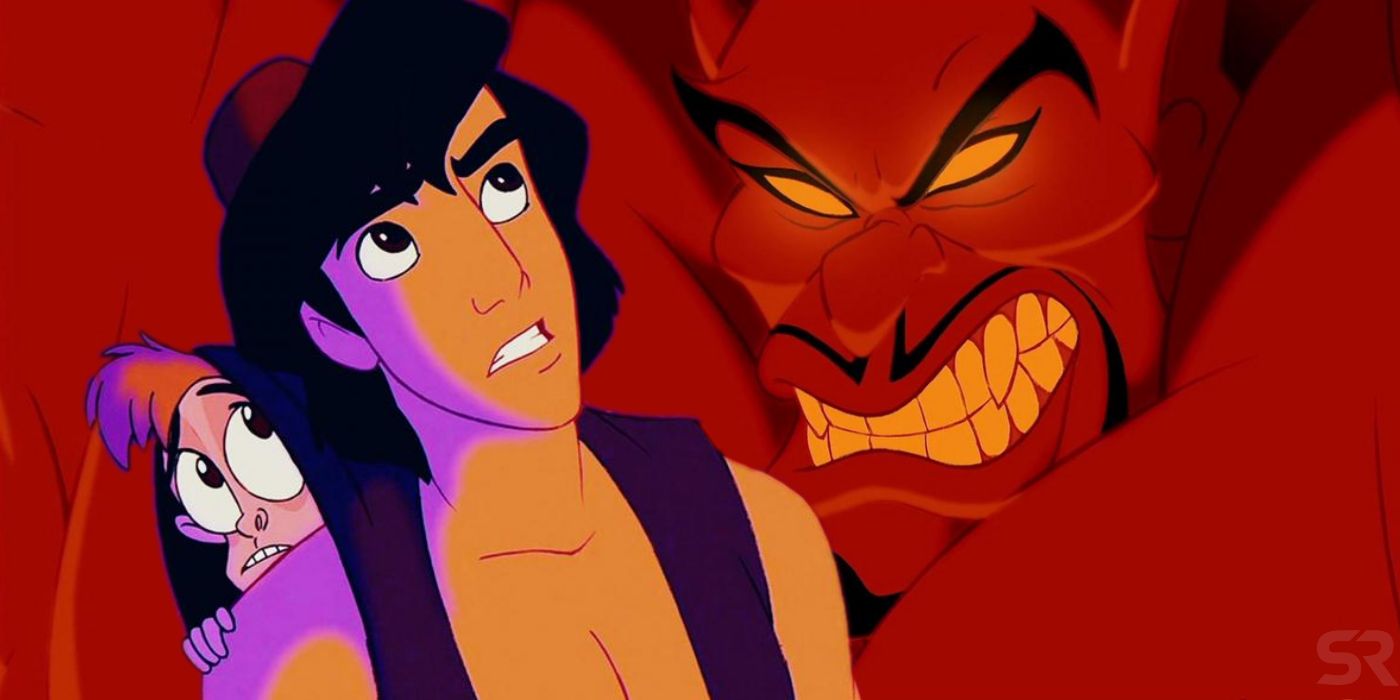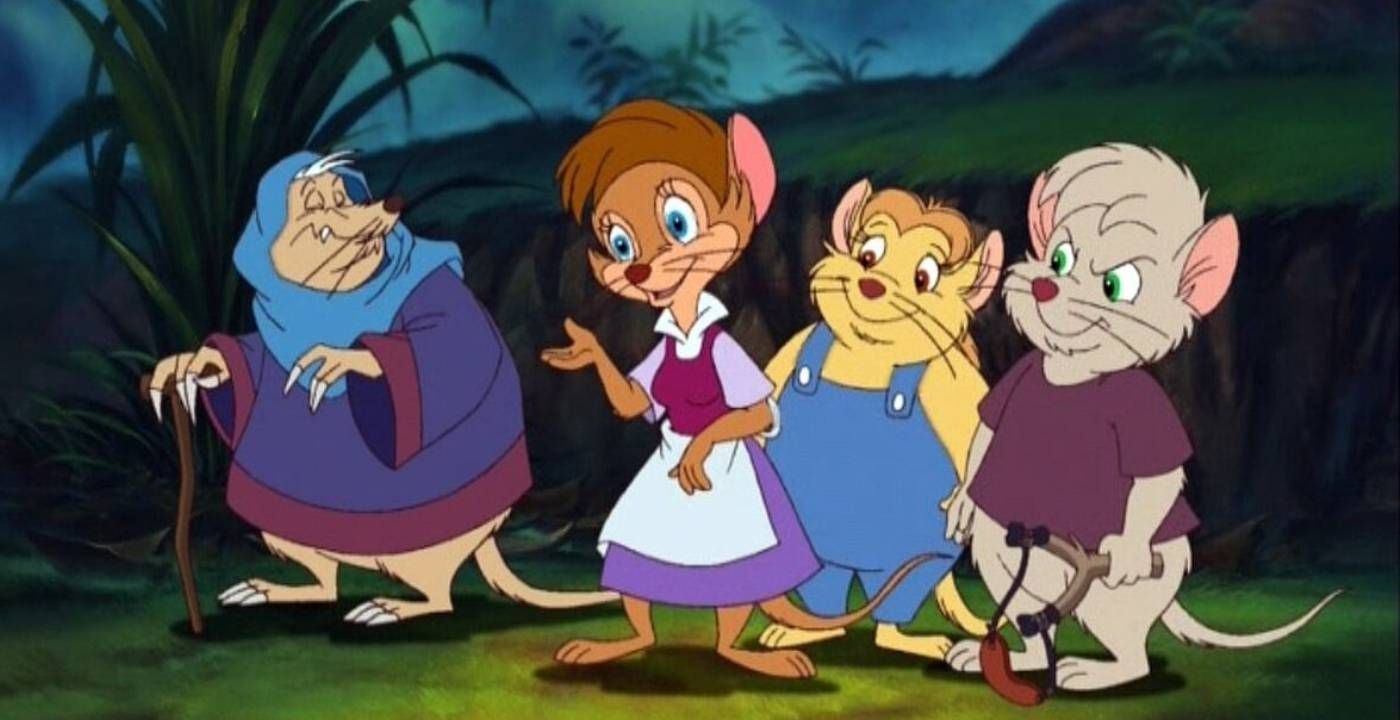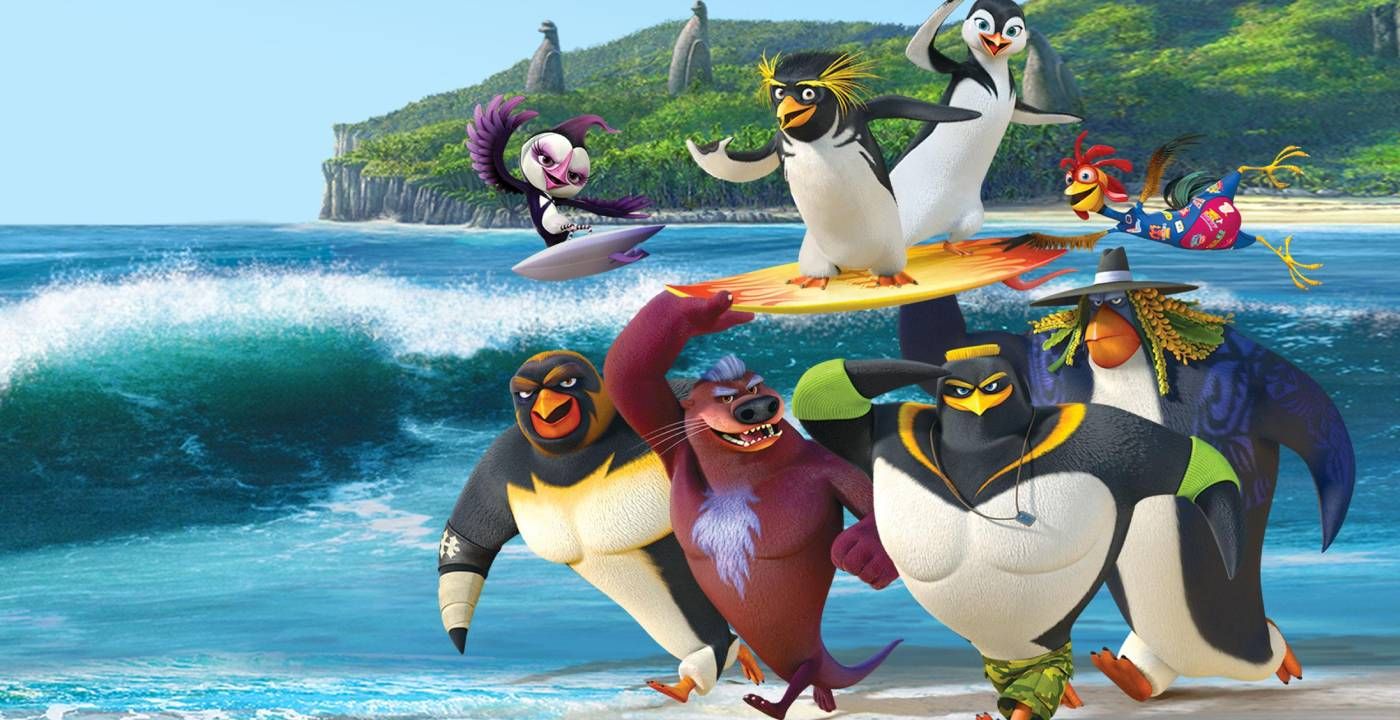Summary
In the world of animated film, there are some spectacularly bad sequels that totally crash and burn with the momentum of their progenitor’s success. Generally, sequels to massively successful films have never been a sure shot at being good, the first film in a franchise usually considered to be the best. However, there are some sequels that have ascended to greatness, even surpassing the popularity and critical reception of their respective franchises’ original films.
Among animated franchises, this is rarely the case, with family-friendly cartoon movies having a particular knack for disappointing fans with their sequels. The most notorious of these are the direct-to-VHS sequel movies of Disney’s golden age, quickly pumped out with far less care and attention than the original classics. Over the years, some second or third installments in animation’s most revered films have been more of a disappointment than others, whether via comparison or sheer ineptitude.
10 In Search Of The Titanic
2004
An animated fictional story set amidst the very real backdrop of the Titanic tragedy, Titanic: The Legend Goes On was an Italian musical that no one asked for. Jarringly juxtaposing the carnage of a real historic event with rapping dogs and offensively stereotypical mice, the cartoon cluster of bad ideas was a bizarre exercise in reaping the recognition of the event in the wake of the success of 1998’s Titanic. Just when what sparse audiences saw the movie thought it couldn’t get any worse, a sequel was announced.
In Search Of The Titanic was spawned from an already dreadfully terrible movie, yet somehow, it manages to disappoint anyway. Although expectations were already more abyssal than the wreckage of the Titanic itself, the sequel persisted with a bizarre segue into the lost kingdom of Atlantis. Despite its title, the film has barely anything to do with the famed ocean liner, opting to instead focus on yet more rapping animals and meaningless bubbly undersea high jinks, ending on the confusing implication that the Titanic disaster was only a mythical fairy tale.
9 Shrek The Third
2007
Shrek was a breakout hit for Dreamworks animation, becoming a pop culture sensation and proving that Disney’s typical heartwarming method of drawing eyes to animation was the only path available. With Shrek 2, it seemed that Dreamworks was actually able to have lightning strike twice, with some fans even preferring the sequel over the original. Alas, Mike Myer’s lovable ogre seemed to rest on his laurels with Shrek The Third, a disappointing end to the original Shrek trilogy.
Not an awful film by any means, Shrek The Third fails more in comparison to its siblings, the jokes not hitting quite as hard, and the new characters introduced forgettable. The strange decision to pivot the focus of the plot to be more of a medieval drama with questions of succession made the film’s very central premise an odd choice that didn’t sit as well with critics. Even more perplexing is the quiet success of the fourth Shrek film, Shrek Forever After, making Shrek The Third stand out even more as a weak link in Dreamworks’ premiere franchise.
8 Cloudy With A Chance Of Meatballs 2
2013
Phil Lord and Christopher Miller, well-versed in animation, warmed the hearts of audiences with Cloudy With A Chance Of Meatballs, a science fiction comedy loosely based on the beloved children’s book of the same name. The film was funny without losing sight of its emotional core, conveying the relatable tale of quirky scientist Flint Lockwood’s struggles with acceptance. With everything being neatly wrapped-up by the movie’s conclusion, forging a sequel to the successful movie proved to be a struggle.
Only returning as executive producers, the absence of Lord and Miller’s guiding touch was felt in Cloudy With A Chance Of Meatballs 2. Losing sight of any emotional impact in favor of mindless action and a twist villain that even the least observant viewers saw coming from a mile away, the sequel also suffered from the caricaturization of its own cast, distilling each character into a baser, more shallow version of themselves. Overall, the film isn’t a total failure, with creative creature design and effective comedy, but lacks the heart that made the first movie special.
7 Cars 2
2011
At the time of its sequel being released, Cars was only the second Pixar film series to receive such an honor, the only other examples being the critically-acclaimed Toy Story 2 and Toy Story 3. The beloved 3D animation pioneers usually preferring to venture into new territory with their films, audiences anticipated a good reason behind the impetus for a Cars 2. Unfortunately, the second installment of Owen Wilson’s adventures as a sentient stock car proved to be somewhat soulless, a first for Pixar.
Having little to do with racing, Cars 2 jumps genres into being a spy thriller. Lightning McQueen and company get swept up into an action-packed romp across the globe, meeting a jam-packed cast of new cars, all of which can conveniently be found in toy aisles in miniature. The heartless, distracting action and flat-falling comedy forever ostracizes Cars 2 as a dud for Pixar. However, the first movie was never considered the studio’s best work, meaning Cars 2 could only be so disappointing.
6 Ice Age: Collision Course
2016
Blue Sky Studio’s breakout hit Ice Age was a rare win for animated fare outside the realms of Disney or Dreamworks in the early 2000s, contending with the studio giants as a modest success. Unfortunately, the studio would run with this success far past the point of exhaustion, culminating in the fifth movie in the franchise, Ice Age: Collision Course. 14 years later, Blue Sky Studios struggled to hold on to even a single echo of the original film’s witty jokes and heartwarming charm.
In a franchise that had already introduced natural disasters, re-animated dinosaurs, and entire hidden worlds, there was little left for Ice Age: Collision Course to explore in its limited setting. The film’s answer was to focus on relationship drama between the pre-historic mammals, with Manny the Mammoth spending the whole film acting uncharacteristically cruel to his daughter’s potential mate for no good reason. The last gasp of a worn-out series, the failure of Ice Age: Collision Course could’ve been seen coming a mile away, but was nevertheless upsetting as a jaded sequel wearing the face of a beloved animated classic.
5 Ralph Breaks The Internet
2018
Wreck-It Ralph was a hit for Disney many audiences didn’t expect to love on first-viewing, being a video game movie about a wholly original character. But Ralph’s character arc woven through the ensemble cast’s delectable banter and growing relationships was easy to warm up to. The sprinkling of video game references for eagle-eyed viewers was simply the cherry on top of an already whole experience filled with laughter, tears, and a surprisingly menacing villain that pushed the boundaries of how scary a kid’s movie antagonist could be.
The second movie featuring Wreck-It Ralph promised to elevate the humor by injecting Ralph and Penelope into the internet at large, opening the possibilities for the duo wide open. Unfortunately, it seems that Disney learned the wrong lesson from the success of the original, focusing on a slew of poorly-aging references and gratuitous Disney cameos that leaves the entire thing feeling like a commercial. That’s not to mention the film’s character-assassination of Ralph himself, who turns into a jealous, manipulative child simply to manufacture some kind of conflict.
4 Beauty And The Beast: The Enchanted Christmas
1997
Considered one of Disney’s all-time classics, following up Beauty and the Beast with a satisfying wide release wasn’t a gamble the animation giants were willing to take. Instead, Beauty And The Beast: The Enchanted Christmas was simply one of many direct-to-video sequels Disney quietly unleashed upon hopeful fans, relying on the name recognition of their IP to make a few extra bucks around the holiday season. Belle’s not-so-magical Christmas adventure was no exception to the ongoing slew of VHS duds.
Even as a cheap follow-up, the second installment of the Beauty and the Beast trilogy was dissatisfying. Beyond the decision to frame the project as a Christmas film, The Beast’s character growth is reversed just so he can remain in his monstrous form, the majority of the story taking place as a flashback at some unspecified point during Belle’s captivity. Belle herself is also a far cry from the self-possessed woman of the original, letting the anger-prone Beast walk all over her. Add in a villainous CGI organ played by Tim Curry whose appearance aged like milk, and the entire movie has little to offer, even as a throwaway holiday flick.
3 The Return Of Jafar
1994
For all the missteps of Beauty and the Beast: The Enchanted Christmas, at least the sequel had the good sense not to resurrect Gaston from the dead, undoing the events of the original. Aladdin’s direct-to-video follow-up wasn’t so thoughtful, not only being an unworthy sequel, but retroactively hurting the story of the film’s canon. As the first of the VHS sequels Disney released, The Return of Jafar helped set a precedent for mediocrity that the company would run with in the years following.
The film already begins with an inherent disadvantage, as Robin Williams doesn’t return to reprise his role as the Genie. Without Williams’ comedy chops, much of the charm of the first film falls away, and all that’s left are bland songs, severely handicapped animation, and a witless new villain to revive Jafar through thoughtless happenstance. Not only does The Return of Jafar utterly fail to recapture the magic of the original, but it was the first cheap sequel to a golden-age film for Disney to effortlessly pump out, forever casting a blemish on the legacy of Aladdin and many other of Disney’s premiere movies.
2 The Secret Of NIMH 2: Timmy To The Rescue
1998
In the realm of traditional animation, no competitor gave Disney a run for their money quite like Don Bluth. Having since become an animation icon, Don Bluth’s films captured just as much magic as Disney’s while addressing their largely child audience with a higher level of respect, typically incorporating darker themes and sequences that toed the line of family-friendly. One of Bluth’s darkest yet, The Secret of NIMH is a cult classic for fans of 80s animation, telling the ominous story of a brave mouse determined to save her family.
Without the oversight of Don Bluth, The Secret Of NIMH 2: Timmy To The Rescue quickly fell apart at the seams. The animation, background art, and character design took heavy hits, carelessly packaged in abrupt, jarring editing and flat colors. But the annoying new characters, forced romantic subplot, thoughtless writing and grating musical numbers all pile on to make The Secret Of NIMH 2: Timmy To The Rescue a true train wreck in the wake of what might be Bluth’s magnum opus.
1 Surf’s Up 2: Wavemania
2017
Unlike the original films that spawned most other entries on this list, 2007’s Surf’s Up didn’t have the benefit of brand recognition or story adaptation. Being the directorial debut of Pixar story artist Ash Brannon, Surf’s Up was only the second picture to come from Sony Pictures Animation studio. Yet the unique mockumentary was able to enrapture audiences with its stunning visuals, all-star cast, and zen philosophical message, holding real cultural staying power even in a decade plagued by other movies about penguins like March of the Penguins and Happy Feet.
Unfortunately, ten years later, the sequel would throw all this goodwill away from a cheap cash-grab. Eschewing the return of Shia LaBeouf as Cody Maverick in favor of WWE superstars, Sony made the unprecedented decision to revive the franchise’s brand recognition to serve the pro-wrestling circuit’s advertising budget. Beyond this novelty, Surf’s Up 2: Wavemania has nothing to offer besides generic versions of characters from the previous film, hardly serviceable animation, and trite, clichéd writing that barely keeps things moving. Considering the ten-year wait, this animated sequel is one of the biggest slaps in the face to both the franchise and the fanbase.

